Absorbing media and assimilating it into your existing knowledge is a challenge, and this is a concern when the media is full of big, scary headlines about artificial intelligence (AI) taking over the world, stealing jobs, and being sentient. As teachers and parents, you don’t need to know all the details about AI to answer young people’s questions, but you can avoid accidentally introducing alternate conceptions. This article offers some top tips to help you point those inquisitive minds in the right direction.
Research and publish the best content.
Get Started for FREE
Sign up with Facebook Sign up with X
I don't have a Facebook or a X account
Already have an account: Login
News, reviews, resources for AI, iTech, MakerEd, Coding and more ....
Curated by
John Evans
 Your new post is loading... Your new post is loading...
 Your new post is loading... Your new post is loading...

Fuller Life Family Therapy's curator insight,
May 26, 2022 12:51 AM
What happens in a child's mind when they're read a story? |
|






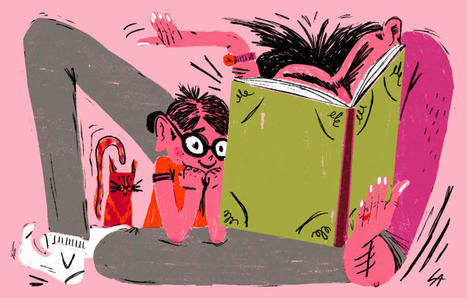
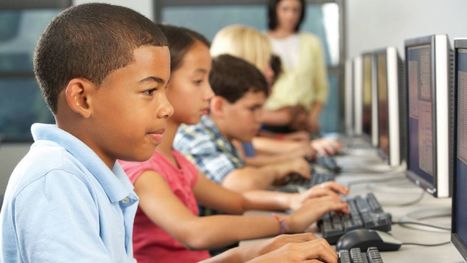
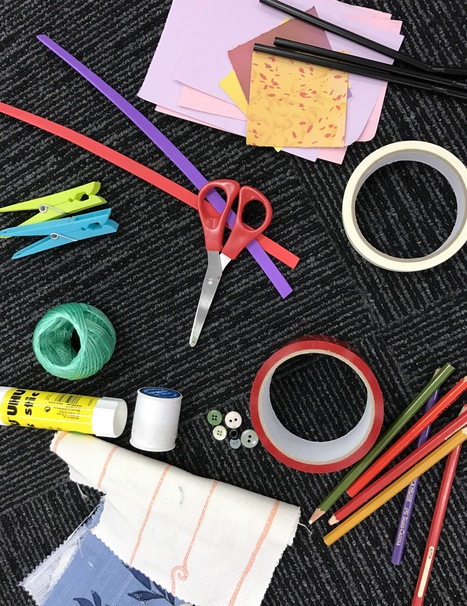
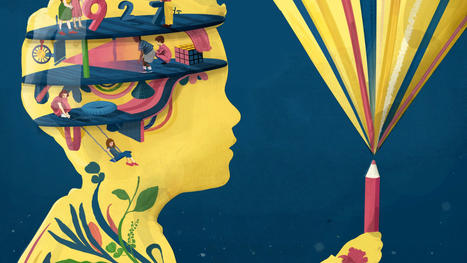
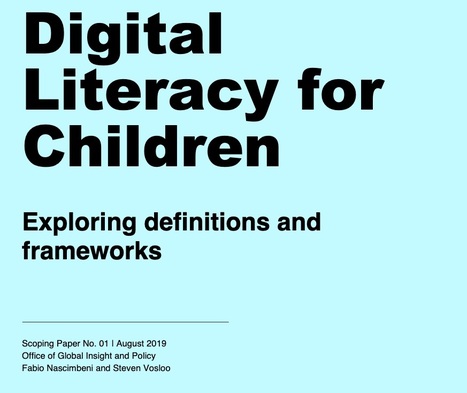

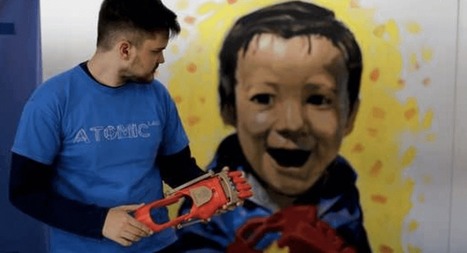
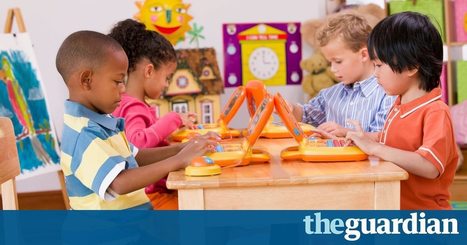





Absolutely! One way to talk to young children about AI is to compare AI to things they are familiar with, like a smart assistant on a device... focus on how AI can be helpful, like in video games, voice assistants, or learning apps... however, it is fundamental to clarity that AI does NOT have feelings, thoughts or creativity, it ONLY follows instructions based on specific data.